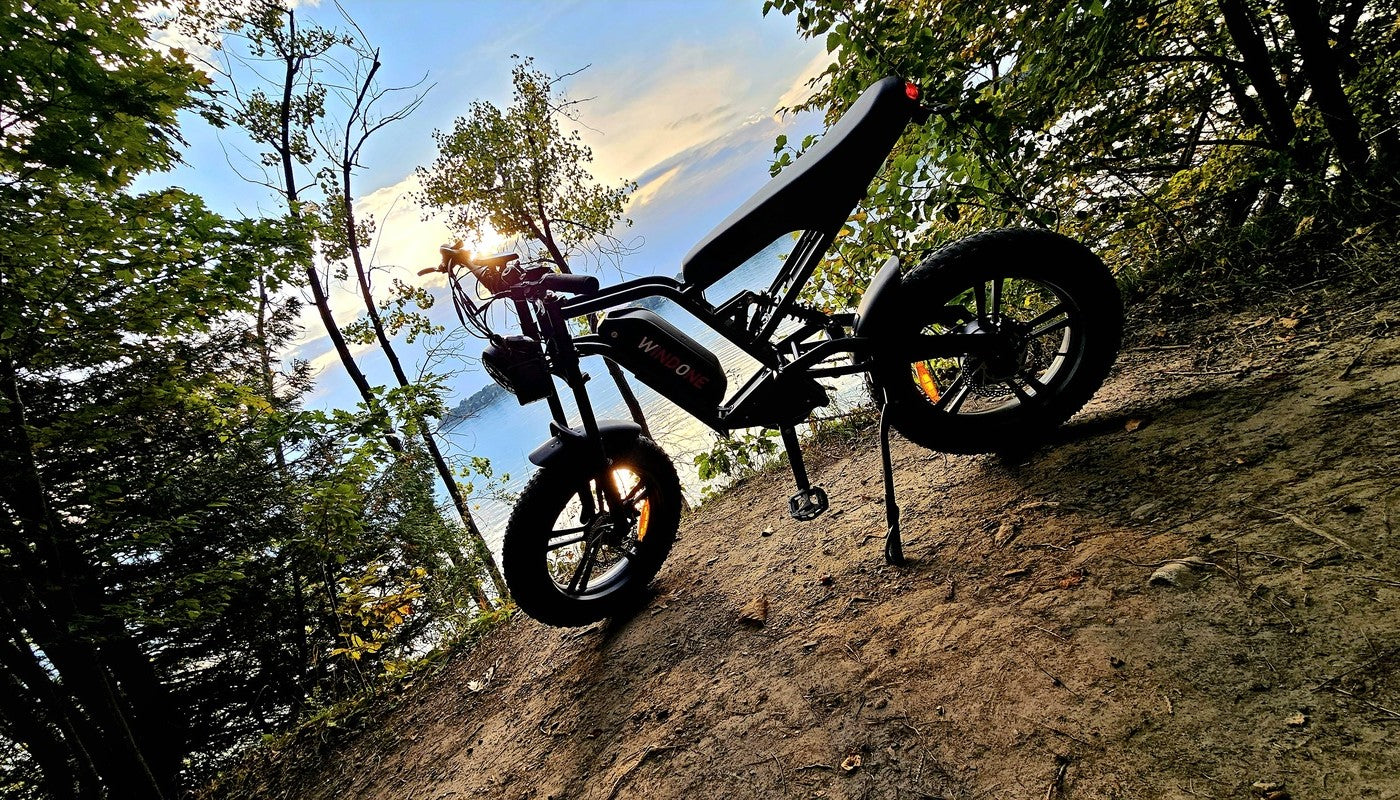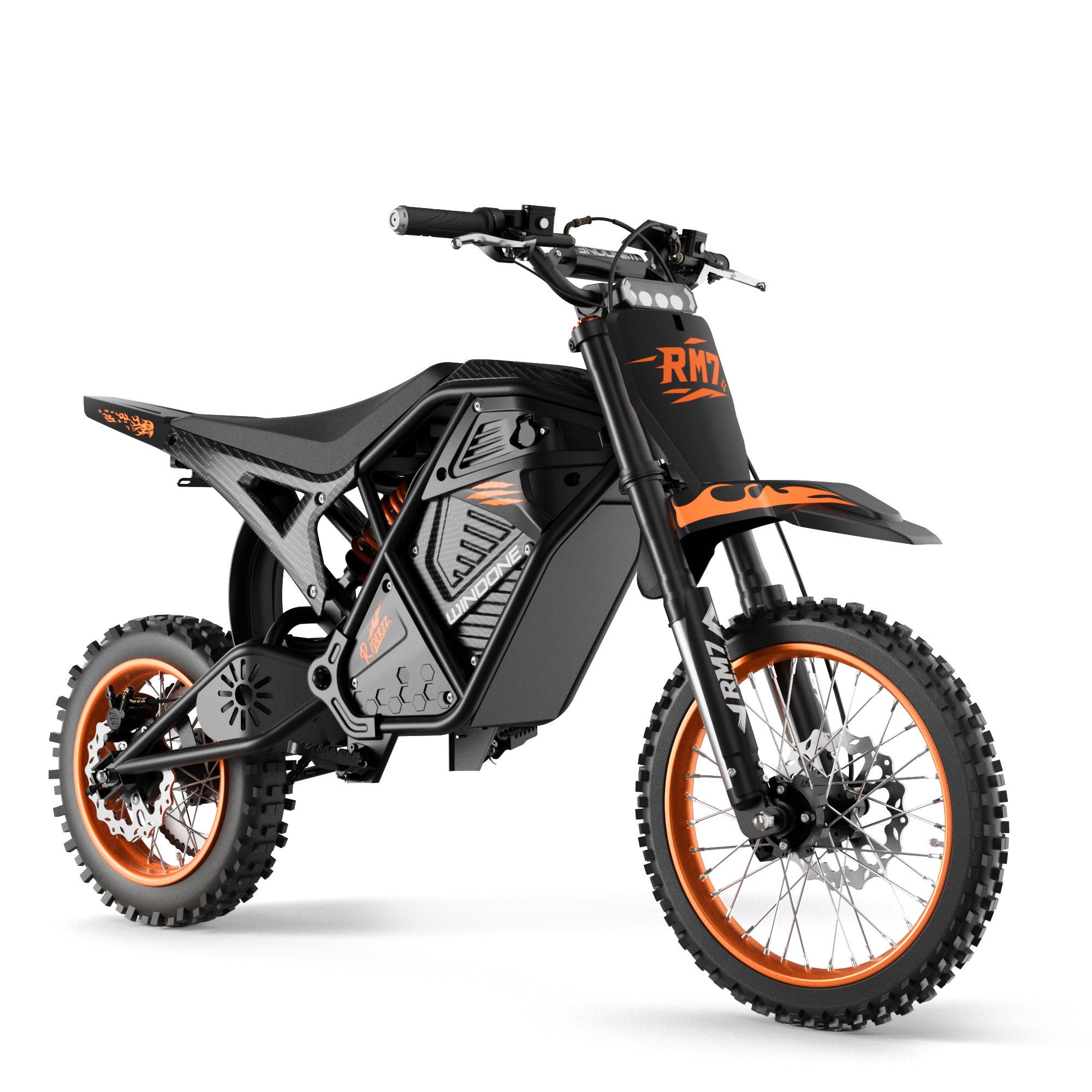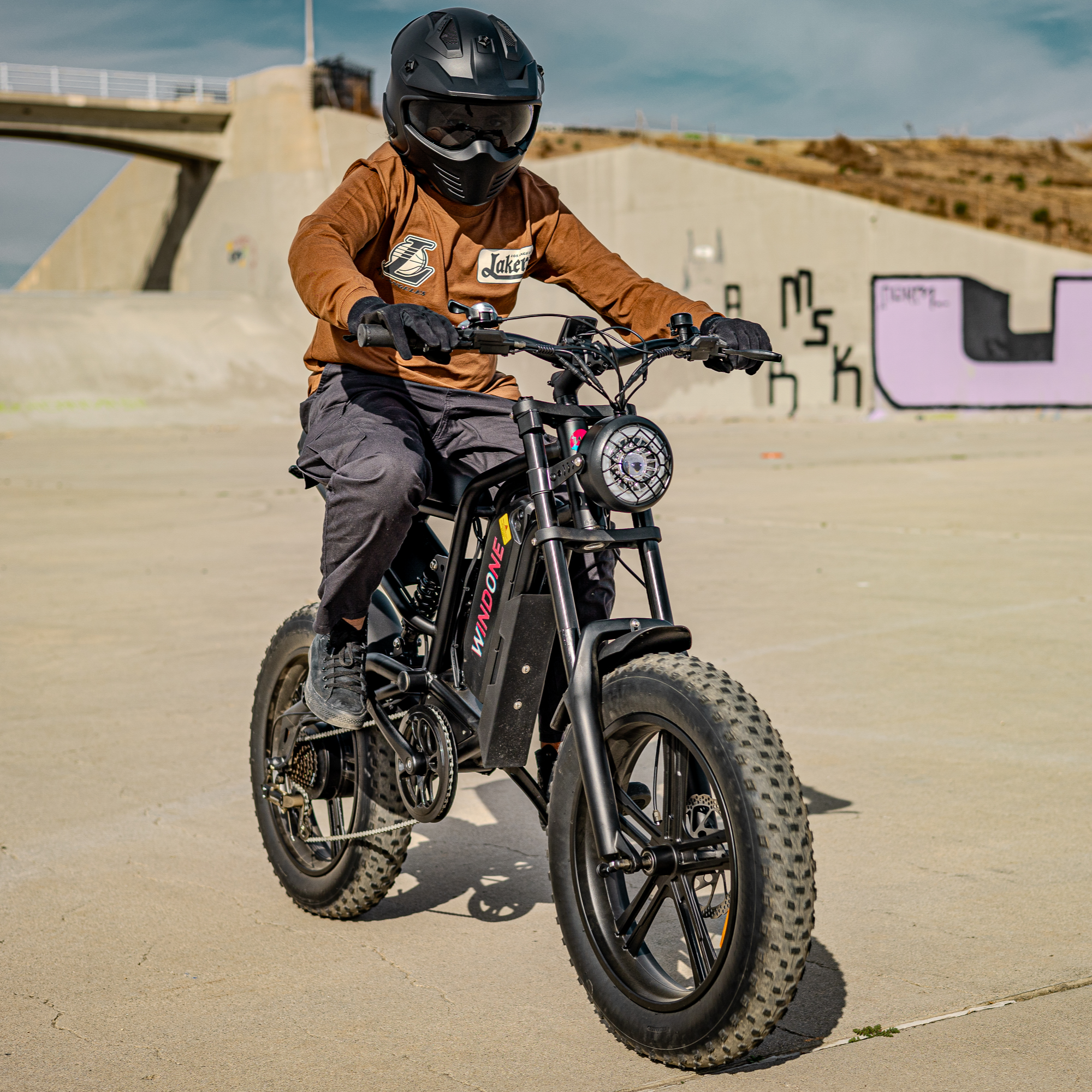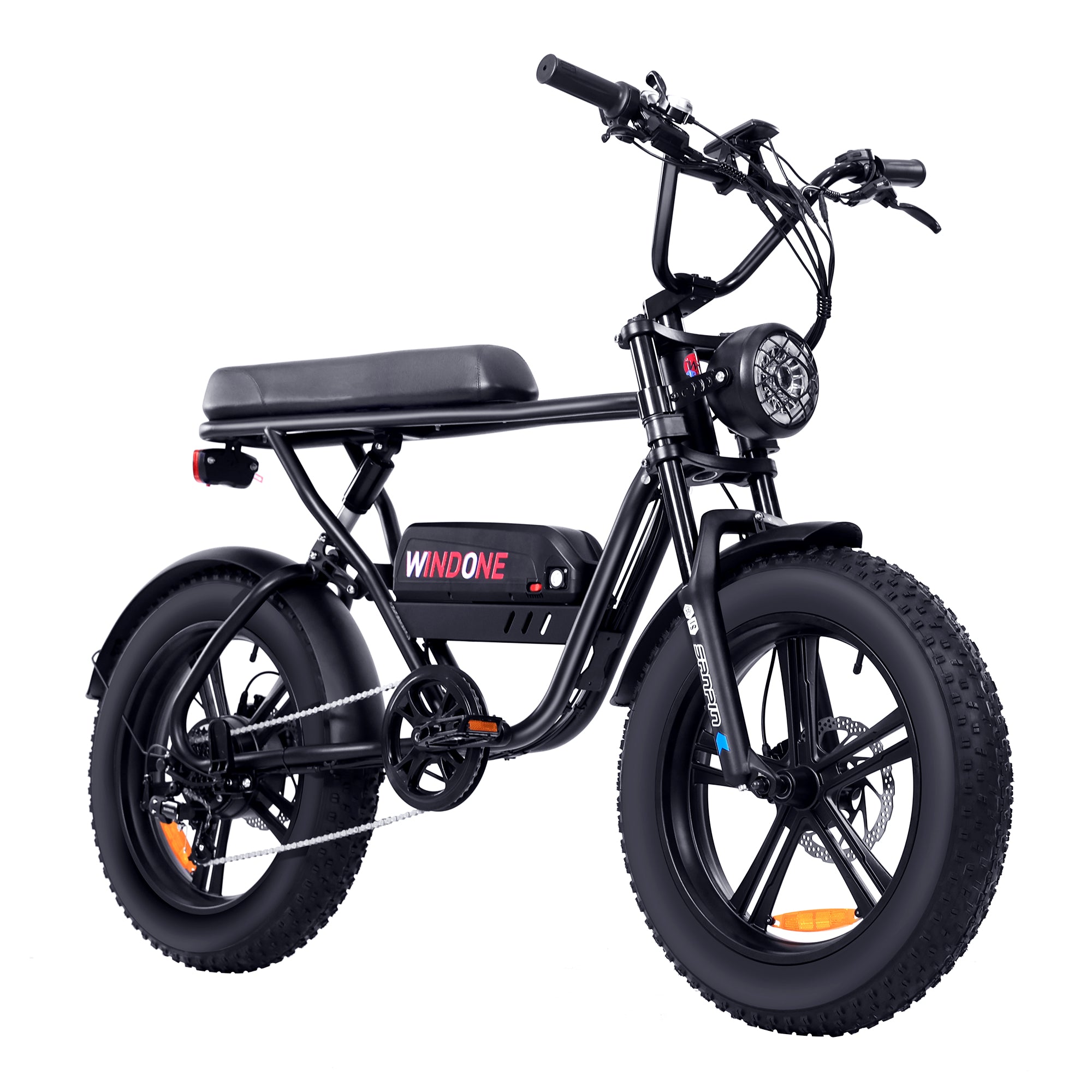Riding through muddy rides is part of the thrill of owning an off-road e-bike. However, neglecting to clean off-road e-bike components after each adventure can lead to performance issues, premature wear, and costly repairs. In this comprehensive guide, we’ll walk you through an effective e-bike cleaning routine, covering everything from mud removal to battery protection. By incorporating off-road e-bike maintenance into your regular post-ride cleaning, you’ll extend your machine’s lifespan and ensure safe, enjoyable rides for years to come.
Why Post-Ride Cleaning Matters for Muddy Rides
Regular post-ride cleaning is vital after tackling muddy rides on your off-road e-bike. Mud and dirt can accumulate around key components—such as the drivetrain, tires, and suspension—leading to corrosion and reduced performance. By integrating a thorough e-bike cleaning routine into your schedule, you’ll avoid long-term damage and ensure every ride feels as smooth and powerful as the first.
Gathering Safe Cleaning Products and Tools
Before you begin, prepare a dedicated set of cleaning tools for e-bikes along with safe cleaning products:
-
Mild Bike Cleaner: Look for biodegradable formulas designed for bicycles or e-bikes.
-
Soft Brushes and Sponges: These help with mud removal without scratching surfaces.
-
Microfiber Cloths: Ideal for gently wiping and drying components.
-
Chain-Specific Degreaser: Crucial for a clean drivetrain and clean e-bike chain.
-
Water Source: A hose with adjustable pressure or bucket of water. Be cautious with pressure washer use (we’ll discuss this below).
Having the right tools on hand makes off-road e-bike maintenance much simpler, reduces cleaning time, and protects your bike’s finish.
Step 1: Preliminary Mud Removal
Mud removal is your first task:
-
Shake Off Excess: Gently tap or bounce the bike on the ground to dislodge loose chunks of mud.
-
Use a Soft Brush: Sweep away surface debris on the frame, tires, and drivetrain.
-
Avoid Excessive Water at First: Heavy spraying can push dirt deeper into sensitive areas. Start dry, then introduce water gradually.
Performing this initial mud removal step helps you see where the most stubborn dirt lies and prevents scratching during the subsequent wash.
Step 2: E-Bike Washing Basics
Proper e-bike washing maintains performance and extends lifespan. Here’s how:
-
Light Rinse: Gently rinse the bike with low-pressure water or a bucket. Overly strong pressure washer use can force moisture into seals and electronics.
-
Apply Cleaner: Use safe cleaning products designed for bicycles or e-bikes to avoid damaging finishes or components. Spray or wipe down the frame, wheels, and other areas.
-
Soak and Loosen: Allow the cleaner to sit briefly, loosening stubborn dirt and grime.
-
Light Scrub: Work from the top down using a soft brush or sponge, focusing on areas with thick mud.
By following these e-bike washing basics, you’ll remove surface dirt effectively without harming the bike’s sensitive parts.
Step 3: Clean Drivetrain and Chain
To clean drivetrain components thoroughly, pay special attention to the chain, gears, and derailleur:
-
Degreaser Application: Spray or apply a chain-specific degreaser to the chain, cassette, and chainring.
-
Scrub Gently: Use a small brush or chain-cleaning tool for a more precise clean e-bike chain.
-
Rinse Off: Lightly rinse to remove degreaser and loosened debris.
-
Dry Thoroughly: After cleaning, use a microfiber cloth to eliminate moisture, crucial for rust prevention.
A regularly maintained drivetrain improves pedaling efficiency and extends the life of your e-bike’s mechanical parts.
Step 4: Suspension and Mudguard Cleaning
Suspension cleaning keeps your forks and rear shock performing smoothly, while mudguard cleaning ensures they continue to deflect debris effectively:
-
Forks and Rear Shock: Gently wipe stanchions and seals using a damp cloth. Avoid heavy water pressure that may compromise seals.
-
Mudguards: Detach if possible for a deeper clean. Remove caked-on mud and check mounting brackets for damage.
Keeping your suspension and mudguards clear of grit helps maintain a comfortable ride and protects against premature wear.
Step 5: E-Bike Tire Cleaning
Proper e-bike tire cleaning not only enhances appearance but also ensures optimal traction:
-
Scrub the Tread: Use a stiff brush to remove embedded dirt or small stones.
-
Check Tire Sidewalls: Gently wash and inspect for cuts or abrasions.
-
Examine Tire Pressure: After cleaning, ensure tires are inflated to the recommended PSI for consistent performance.
Clean tires grip better in challenging off-road conditions, improving overall handling.
Step 6: Motor Cleaning & Electrical Components Cleaning
Your e-bike’s performance relies heavily on its electronics. Careful motor cleaning and electrical components cleaning are essential:
-
Switch Off and Remove Battery: Whenever possible, power down the bike and remove the battery before cleaning the motor area.
-
Gentle Wipe-Down: Use a damp (not soaking) cloth to remove mud and dirt from the motor casing and any wiring harnesses.
-
Inspect Connectors: Ensure there’s no rust or corrosion forming around connector pins.
-
Avoid Direct Water Spray: Do not blast water directly onto the motor or wiring.
By handling electrical components cleaning with care, you minimize the risk of water intrusion or short circuits.
Step 7: E-Bike Drying and Rust Prevention
Proper e-bike drying is crucial to avoid corrosion:
-
Towel Dry First: Use microfiber cloths to remove as much moisture as possible from the frame, drivetrain, motor casing, and other parts.
-
Air Dry: Let the bike sit in a well-ventilated area. If possible, position it so water can drain away from key components.
-
Apply Rust Inhibitors: For added rust prevention, you can lightly mist vulnerable metal components with a bicycle-specific protectant spray.
Skipping a thorough e-bike drying step can lead to trapped moisture and rust on crucial parts.
Battery Protection Tips
Battery protection is essential during and after cleaning:
-
Remove Before Washing: If your e-bike’s design allows, take out the battery to safeguard it from water exposure.
-
Wipe Battery Housing: Use a slightly damp cloth and mild cleaner.
-
Clean Contacts: Inspect and gently wipe the battery’s contact points to prevent corrosion.
-
Reinstall Properly: Confirm the battery is fully dry before placing it back in the bike.
By focusing on battery protection, you’ll avoid costly damage and maintain consistent performance.
Off-Road E-Bike Maintenance & E-Bike Lubrication
A well-organized off-road e-bike maintenance plan includes:
-
Regular Inspections: Look for loose bolts, worn brake pads, or other damage.
-
Targeted E-Bike Lubrication: Lubricate the chain, derailleur pivots, and other moving joints post-cleaning. This reduces friction and further aids rust prevention.
-
Component Upkeep: Suspension, gears, and bearings need periodic attention to perform optimally off-road.
Staying proactive with off-road e-bike maintenance and e-bike lubrication not only preserves efficiency but also prevents unexpected breakdowns.
Cleaning Frequency Guidelines
Your cleaning frequency depends on how often—and where—you ride:
-
After Every Muddy Ride: Perform a thorough post-ride cleaning if you’ve been through thick mud or water.
-
Regular Weekly or Bi-Weekly: For moderate use, a lighter cleaning regimen can suffice.
-
Deep Monthly Check: Inspect mechanical and electrical components in detail, applying additional lubrication or protective sprays if needed.
Adhering to a consistent cleaning frequency ensures dirt doesn’t accumulate and cause damage over time.
E-Bike Frame Cleaning & Detailing
E-bike frame cleaning keeps your bike looking fresh and can reveal potential damage:
-
Mild Cleaner: Use a non-abrasive sponge and gentle cleaning solution for the frame.
-
Detailing Brushes: For corners and tight spots, employ smaller brushes to remove hidden grime.
-
E-Bike Detailing: Finish with a silicone-based polish or protectant, but ensure it’s safe for matte or glossy finishes.
Paying attention to e-bike frame cleaning and occasional e-bike detailing not only maintains aesthetics but also helps spot cracks or wear before they become serious problems.
Conclusion
Learning how to clean off-road e-bike components thoroughly after muddy rides is a crucial part of e-bike care. From mud removal and e-bike washing to clean drivetrain procedures and battery protection, a diligent post-ride cleaning regimen keeps your machine running at its best. By incorporating the steps above—along with suspension cleaning, motor cleaning, and e-bike tire cleaning—you’ll mitigate corrosion, enhance performance, and prolong the life of your e-bike.
Remember, focus on safe cleaning products, exercise caution with pressure washer use, and give ample time for e-bike drying. Finally, invest in routine off-road e-bike maintenance and e-bike lubrication to guard against rust and mechanical failures. With the right tools, techniques, and cleaning frequency schedule, you can tackle any trail with confidence and keep your off-road e-bike adventure-ready for the long haul.









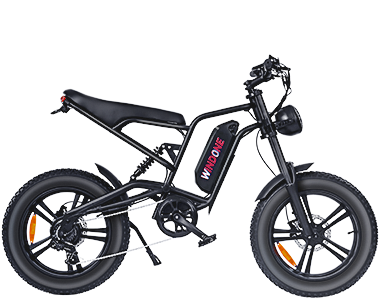
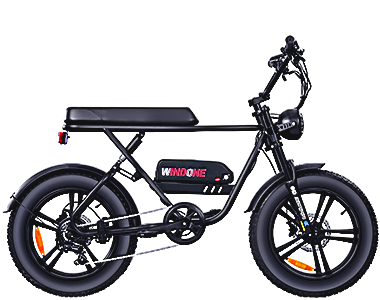
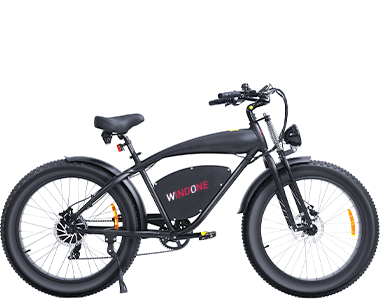
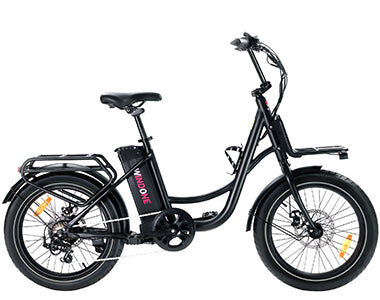
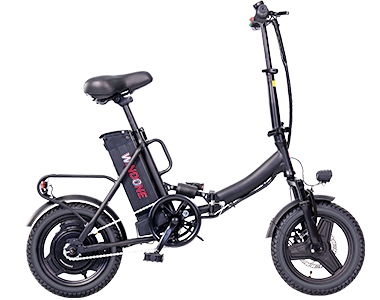
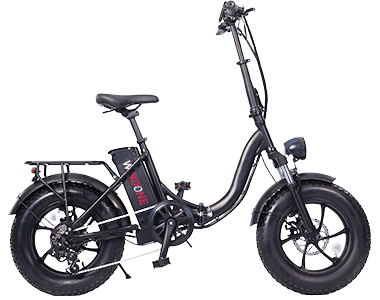


 Electric Inflator Pump
Electric Inflator Pump
 Ebike Locks
Ebike Locks
 Phone Holder
Phone Holder
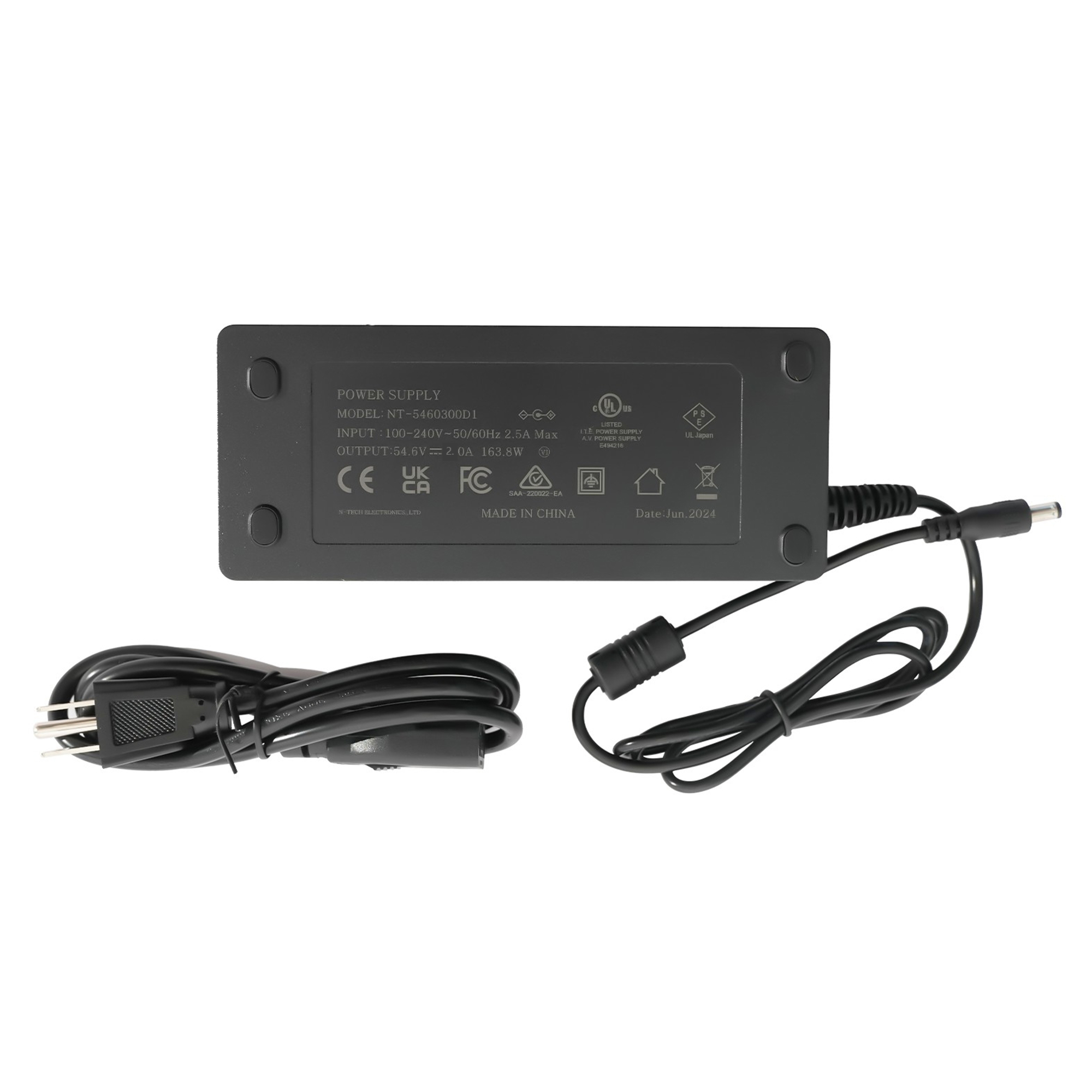
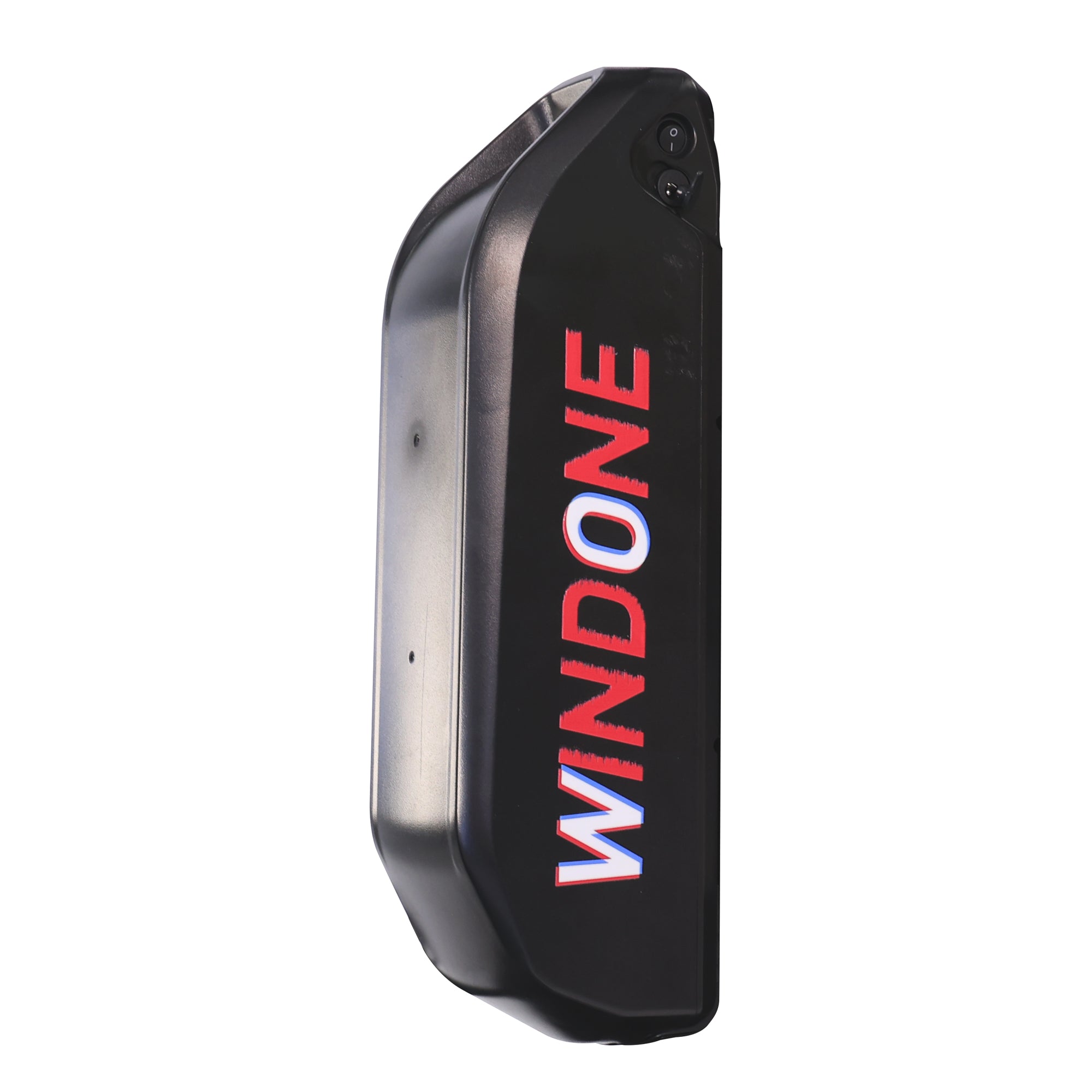
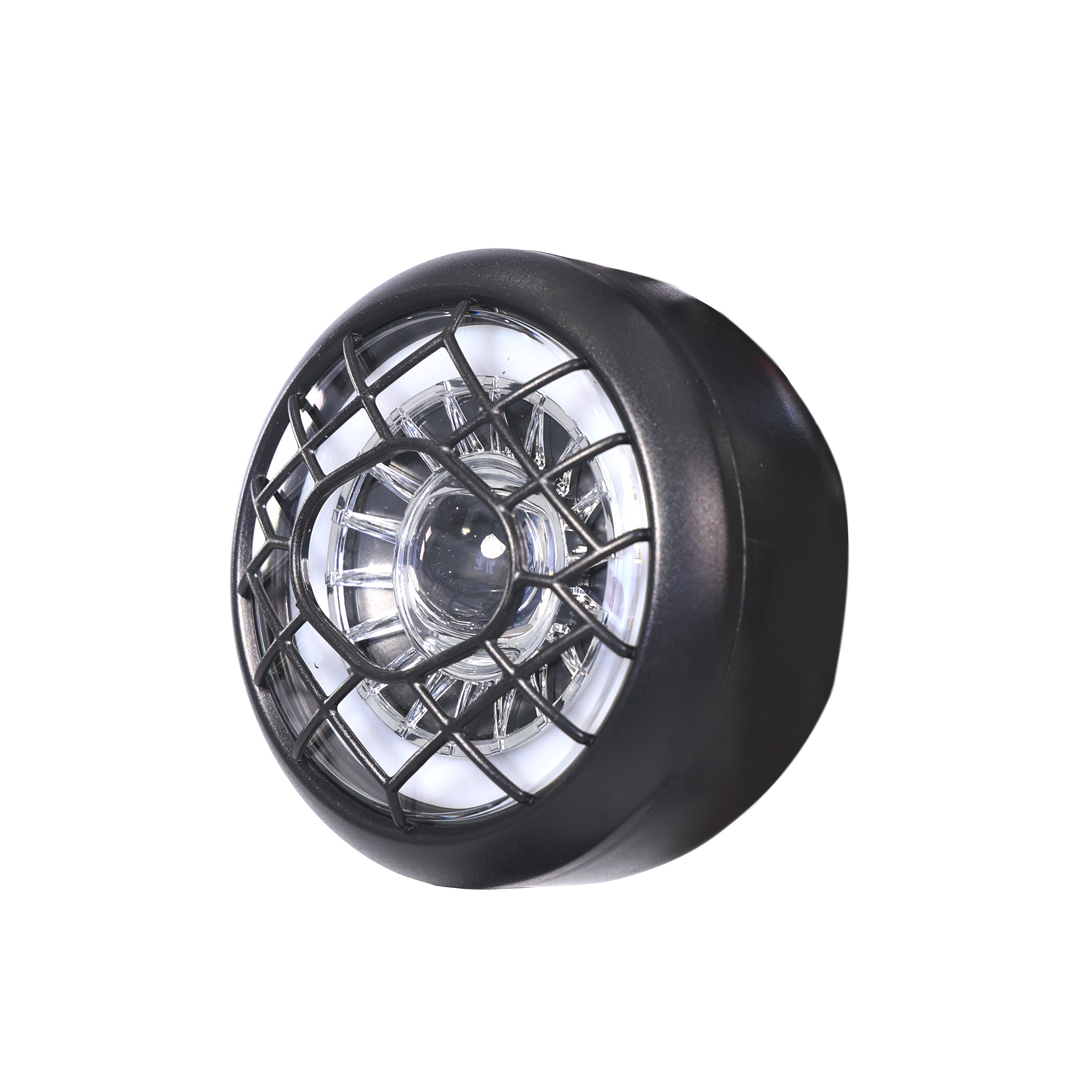

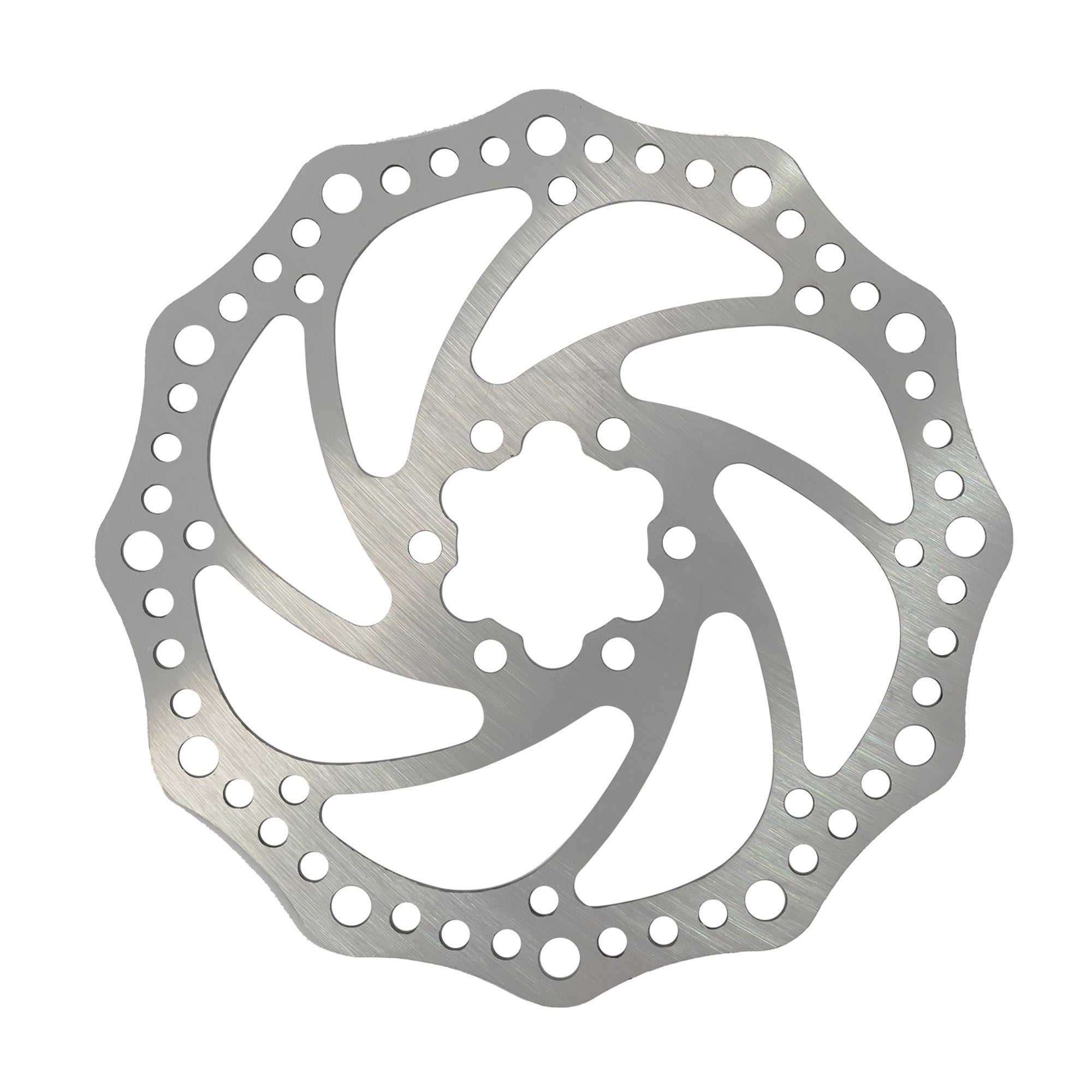
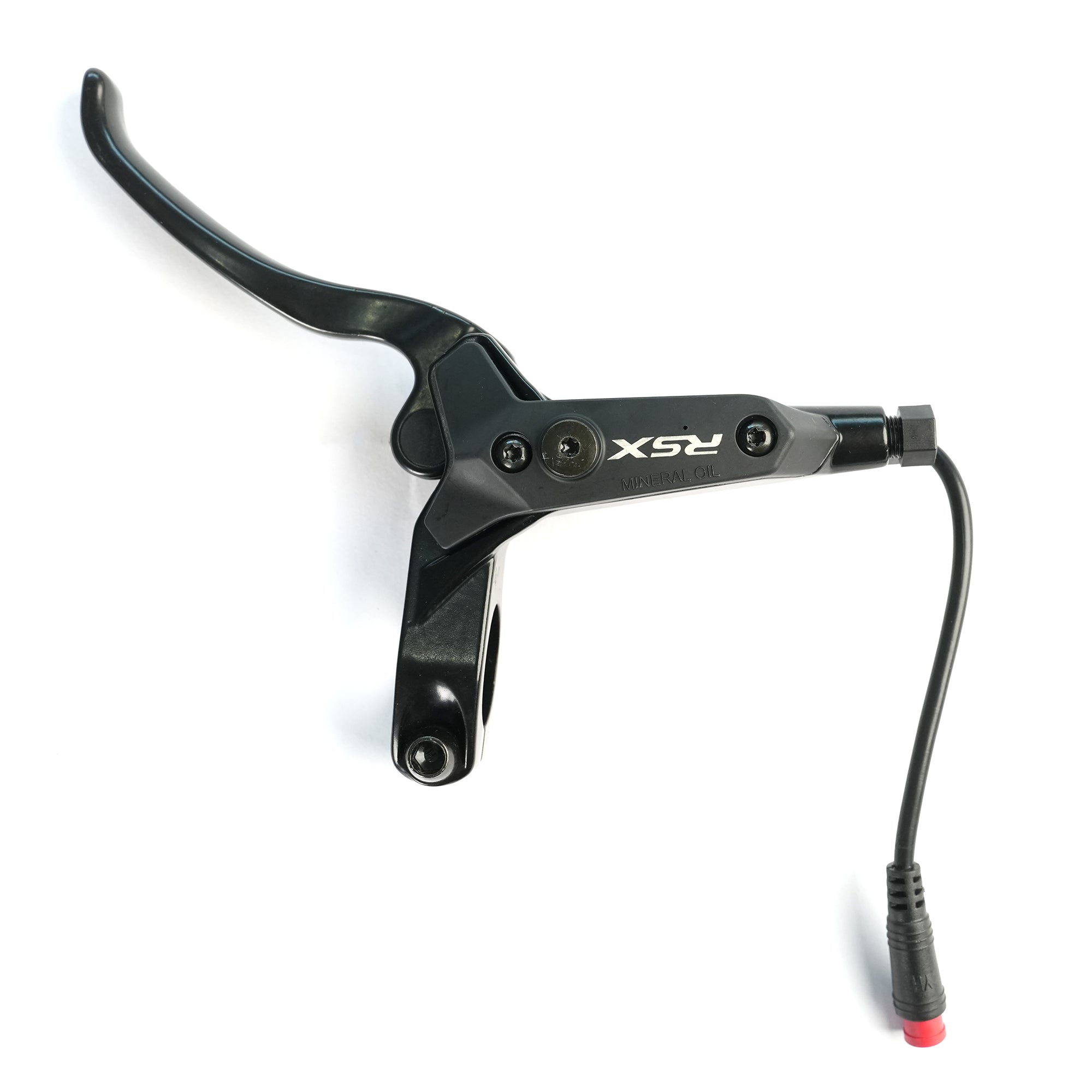
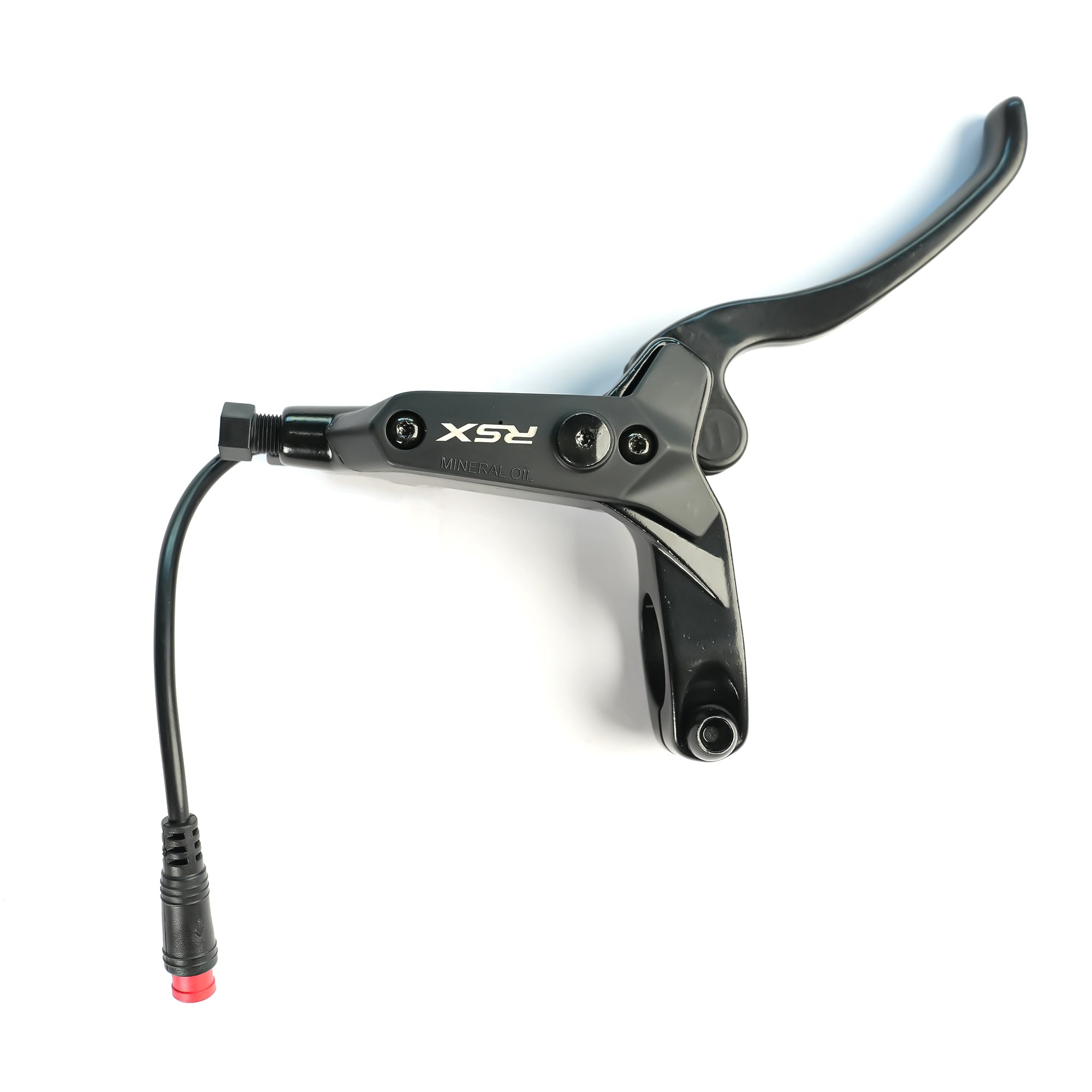
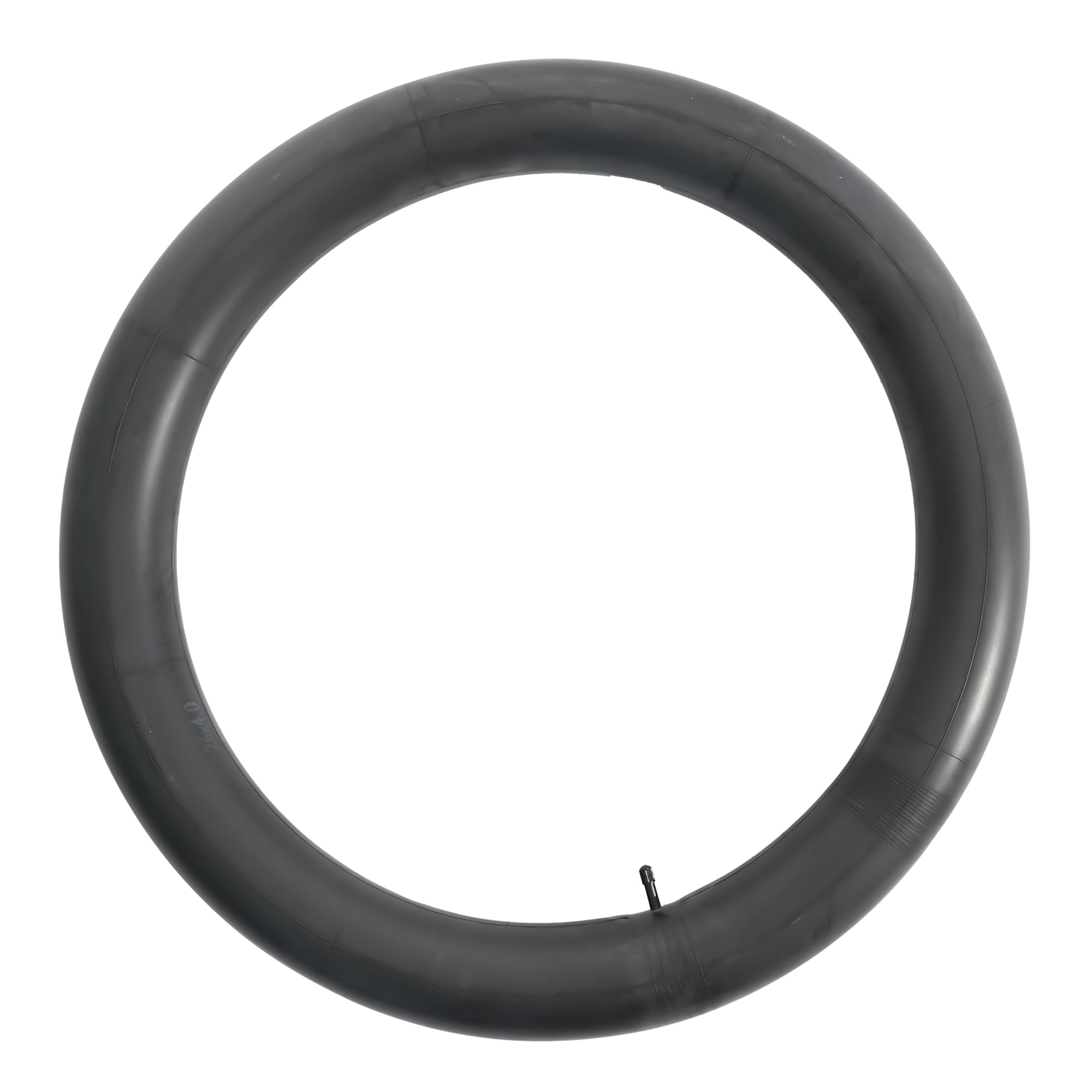
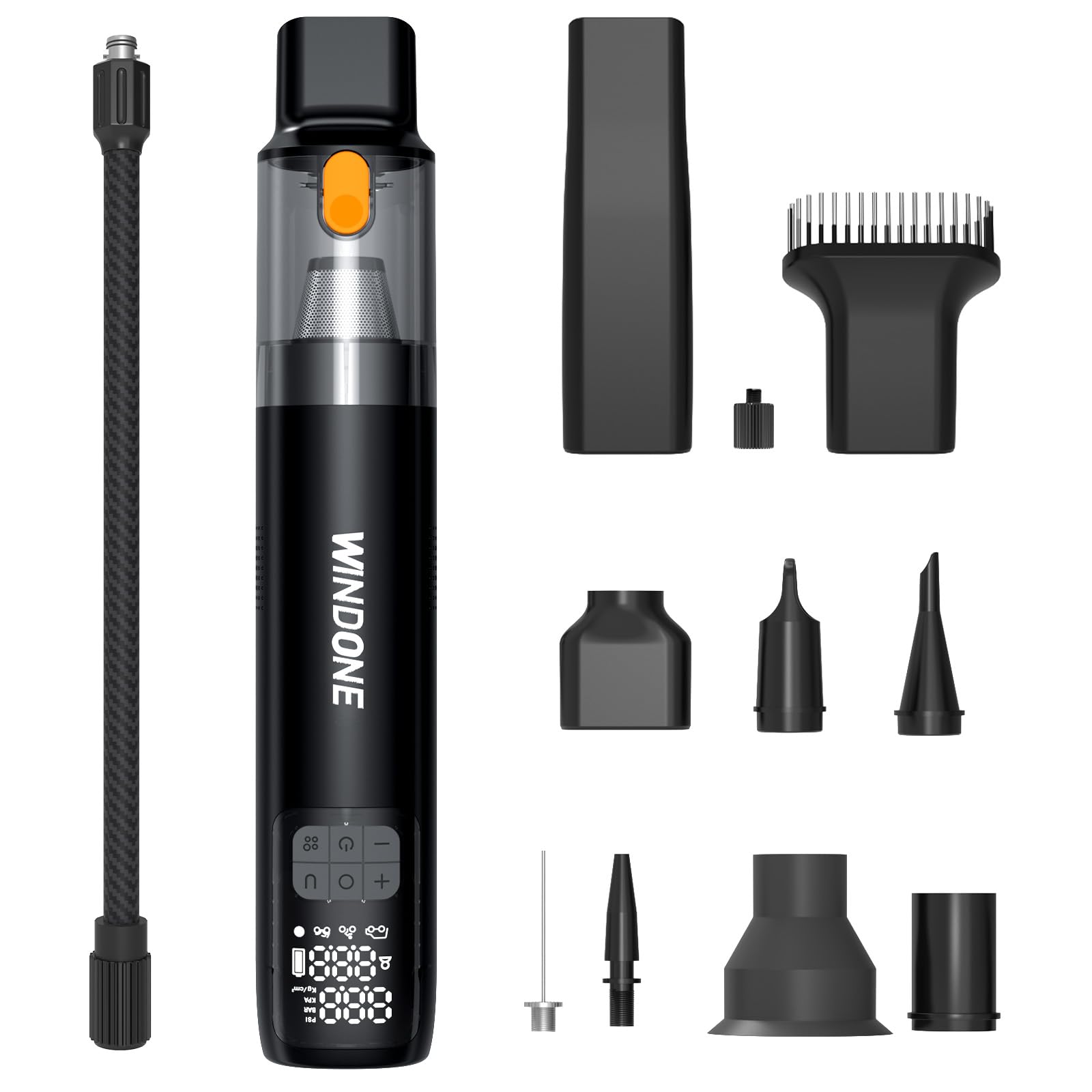
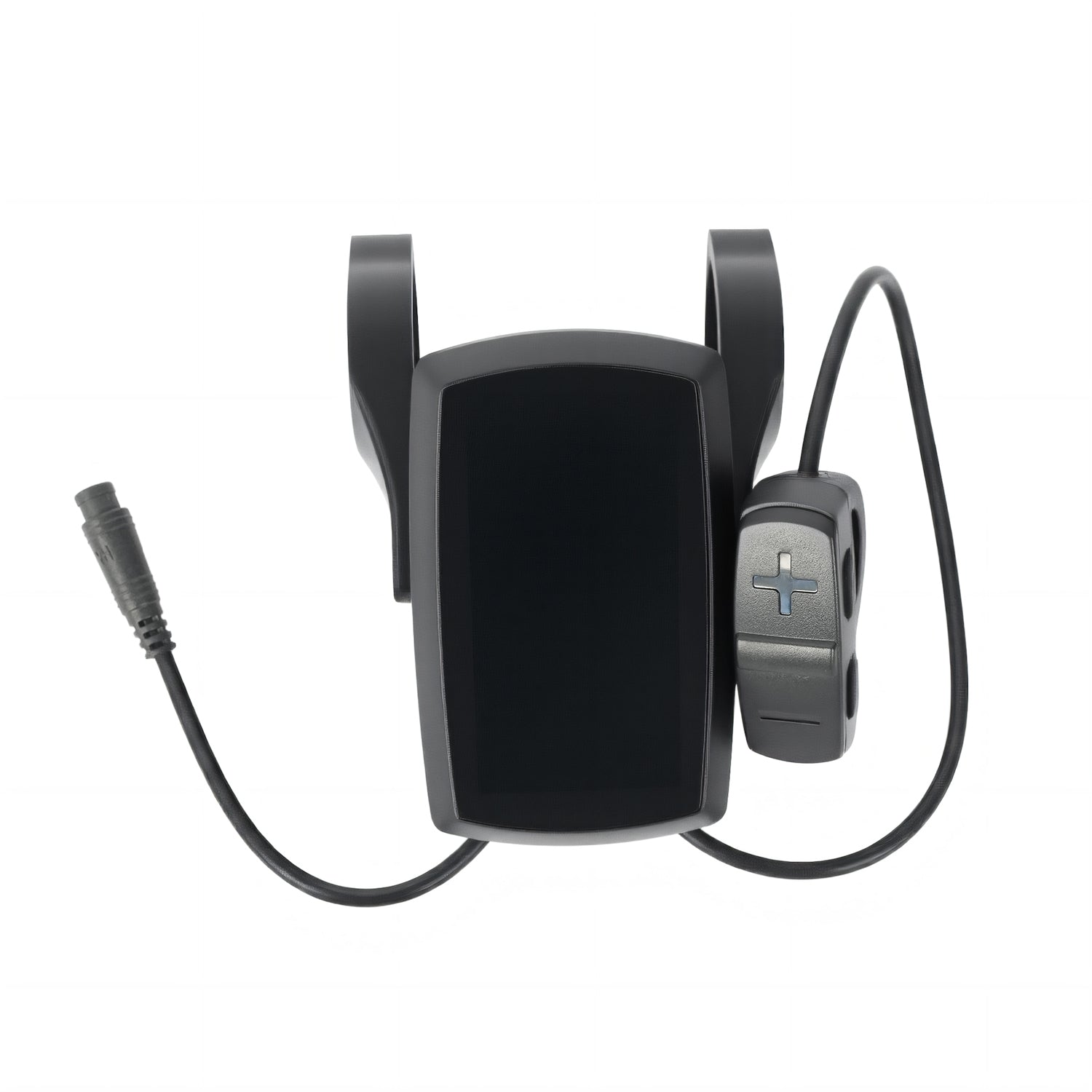
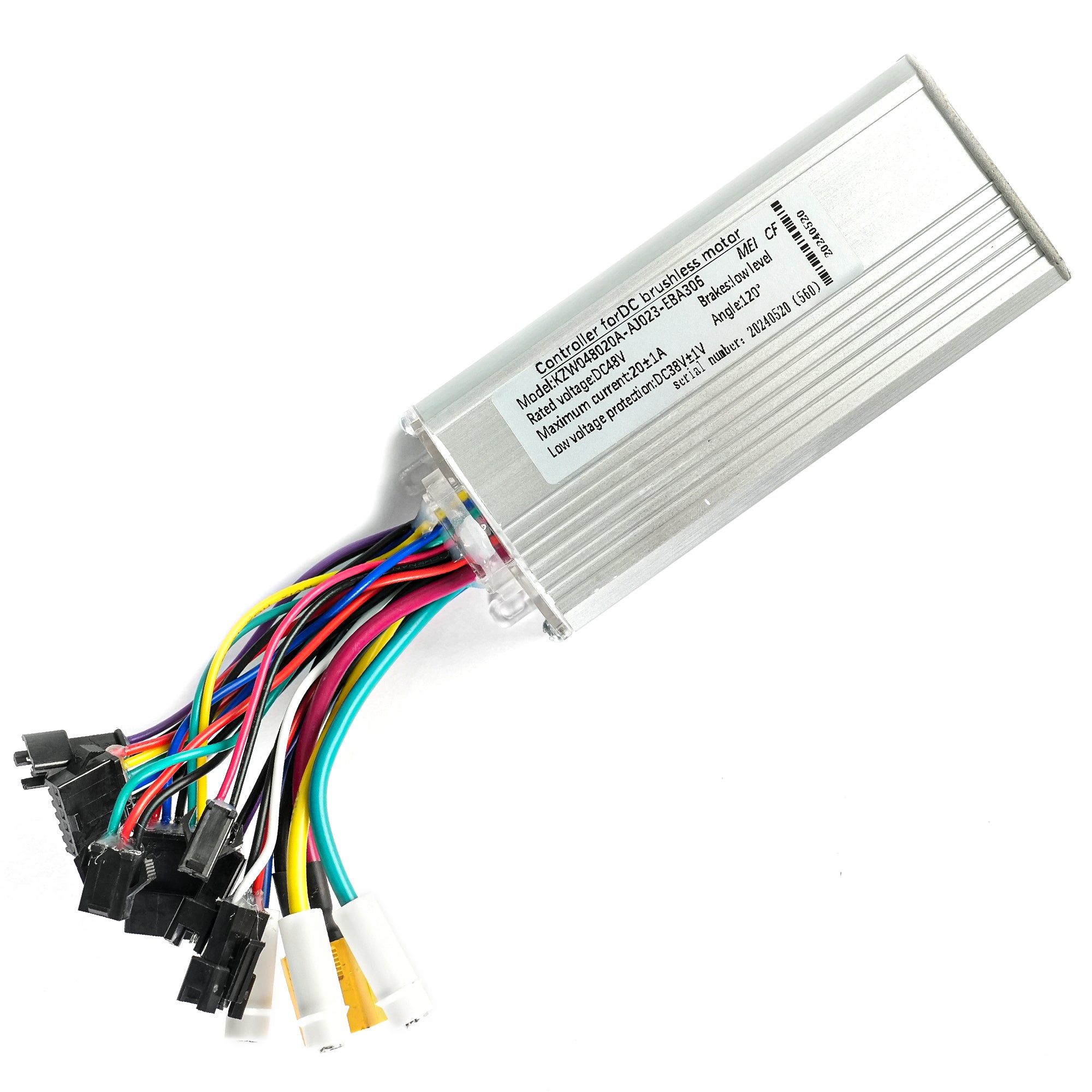
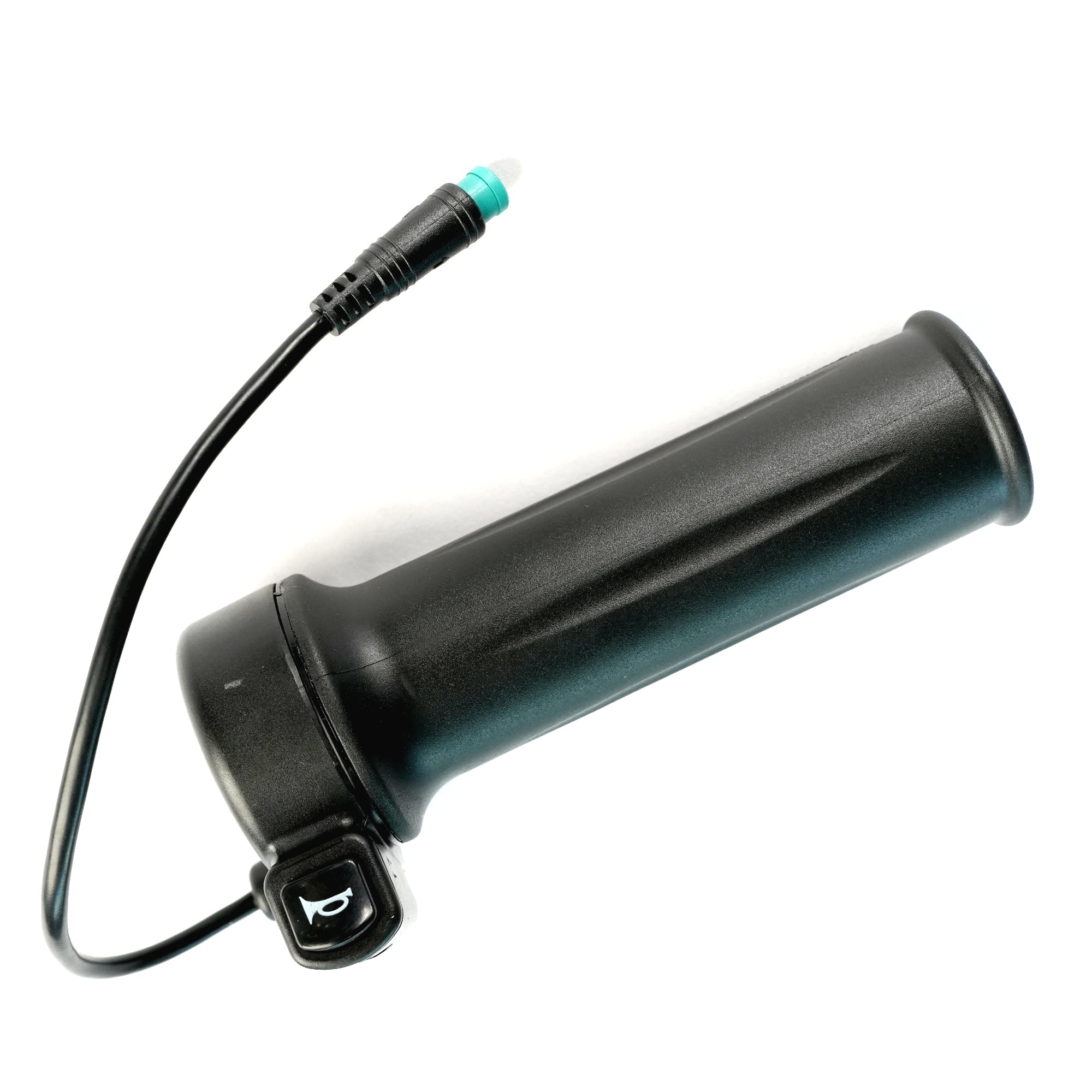


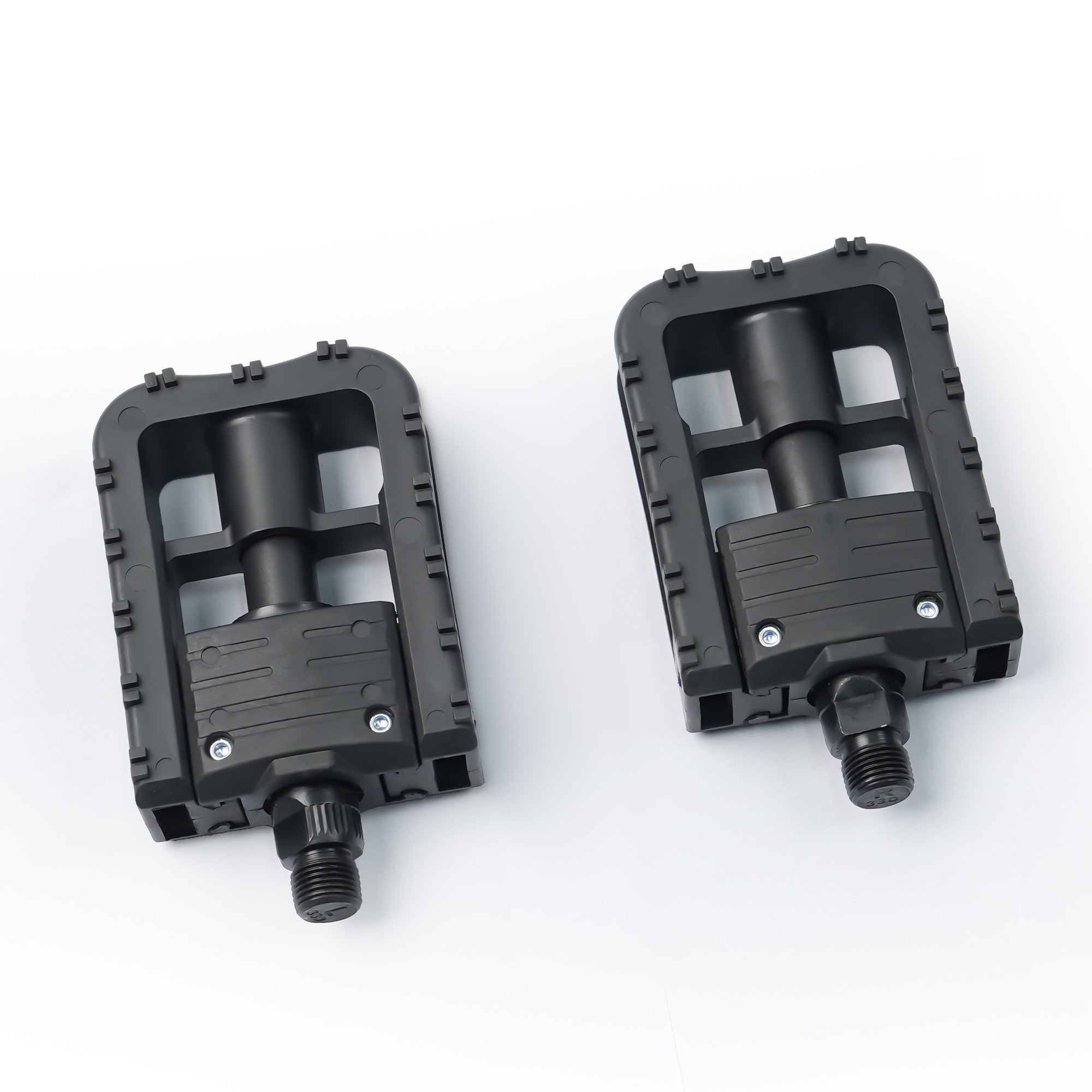
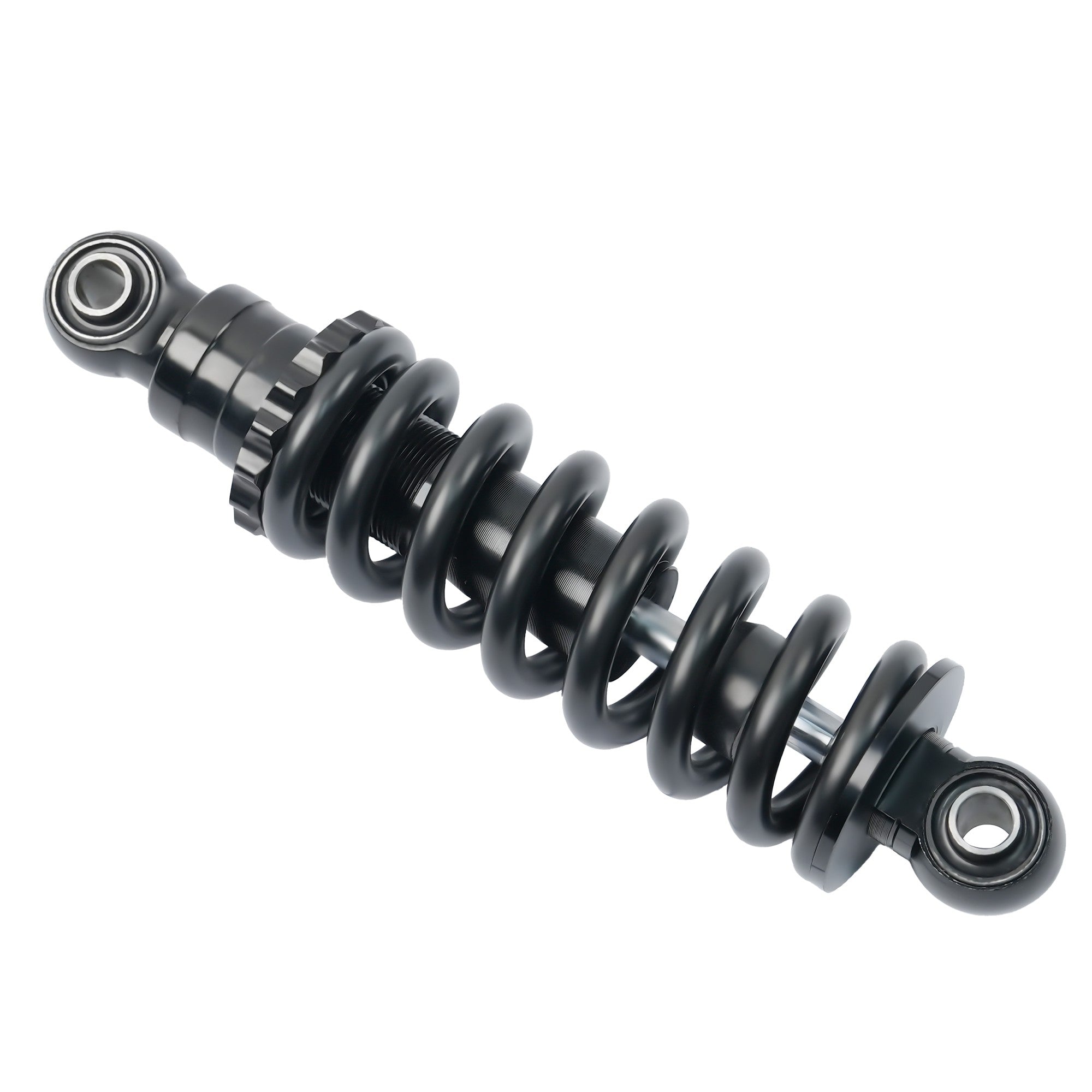
 Payment
Payment Afterpay Financing
Afterpay Financing Warranty
Warranty Shipping Policy
Shipping Policy Exclusive Discounts
Exclusive Discounts Track Your Order
Track Your Order Return & Refund
Return & Refund Referrals & Membership
Referrals & Membership User Manual
User Manual Contact Us
Contact Us FAQs
FAQs